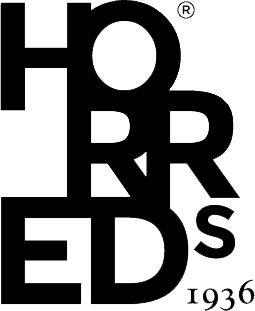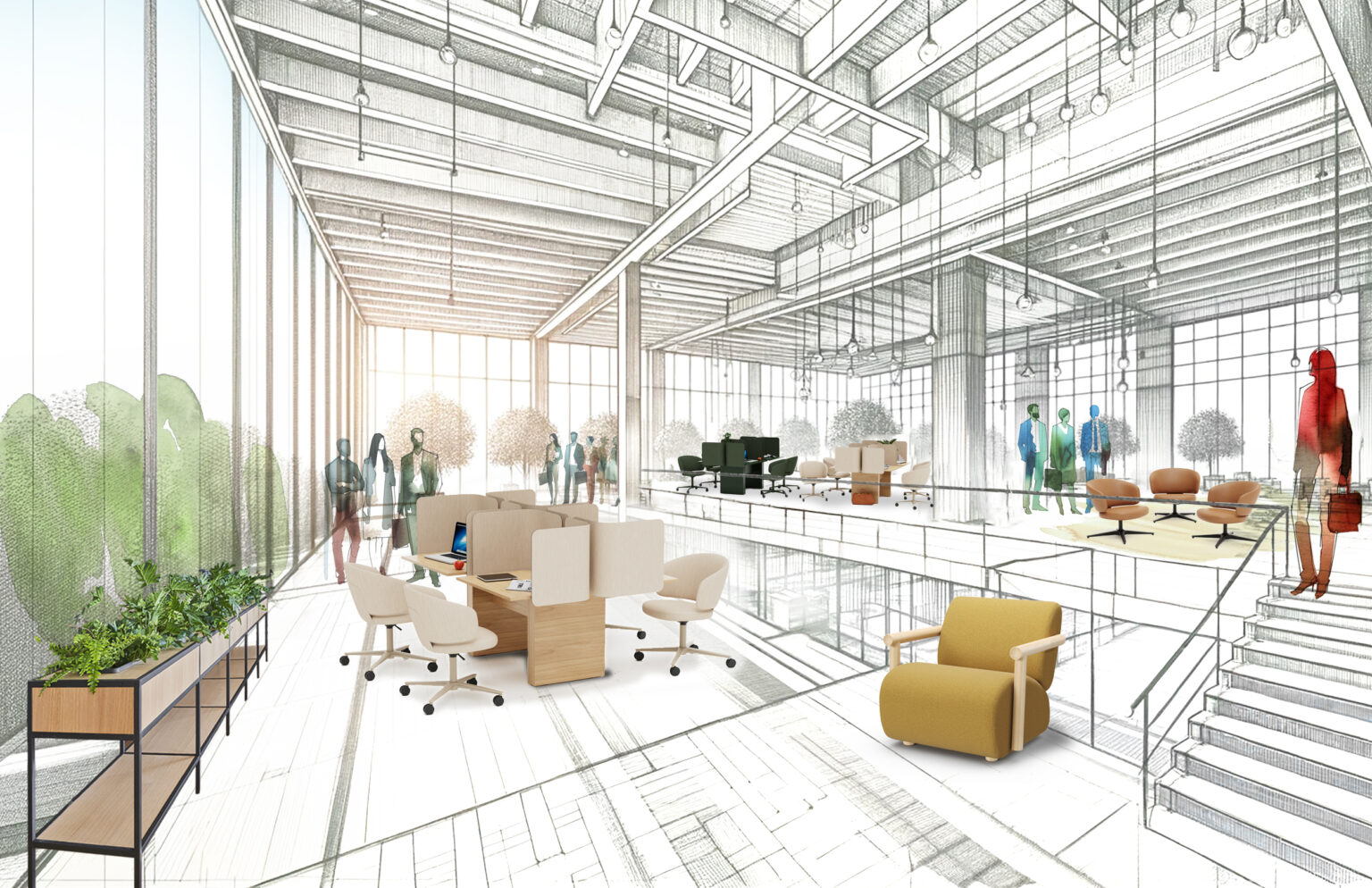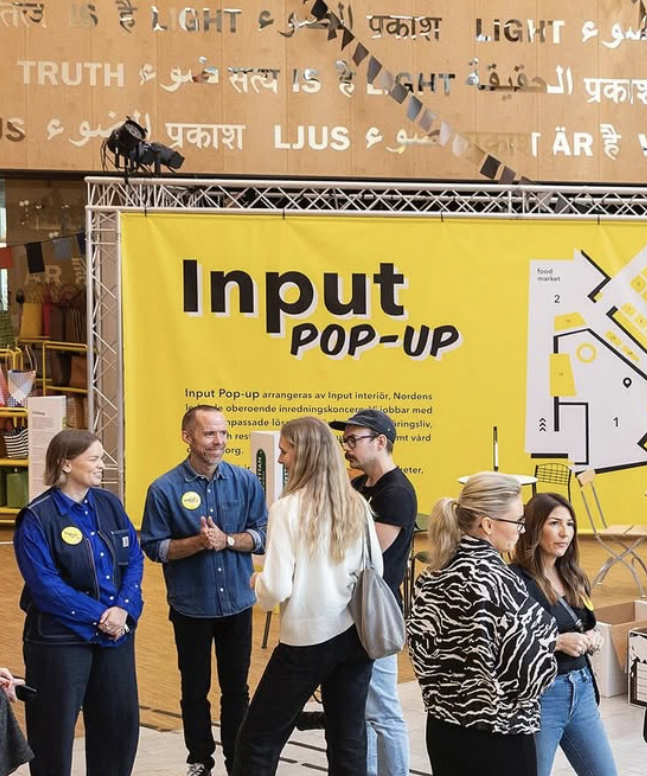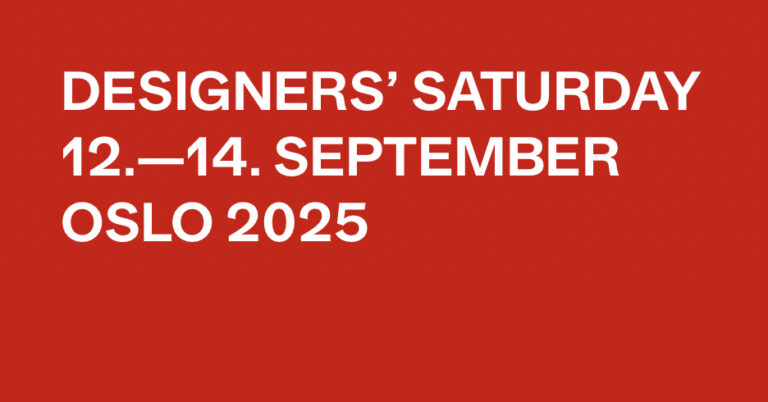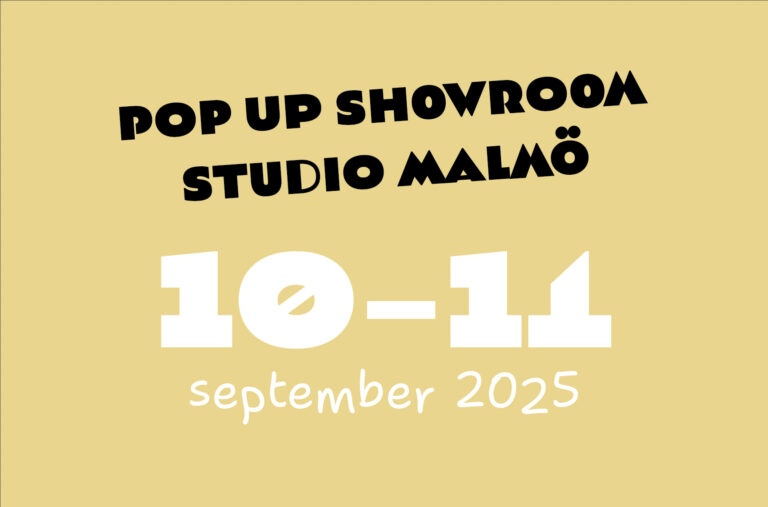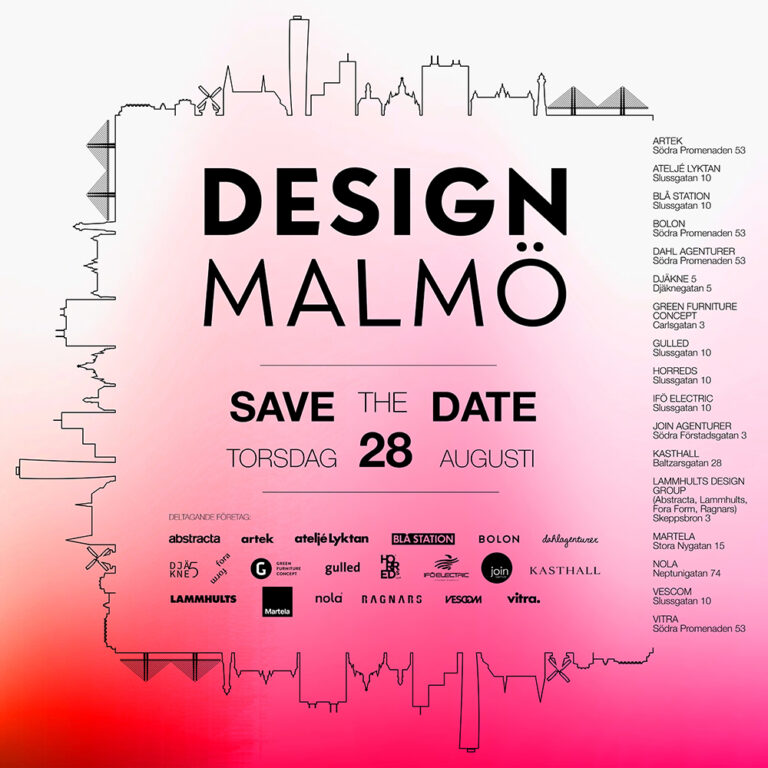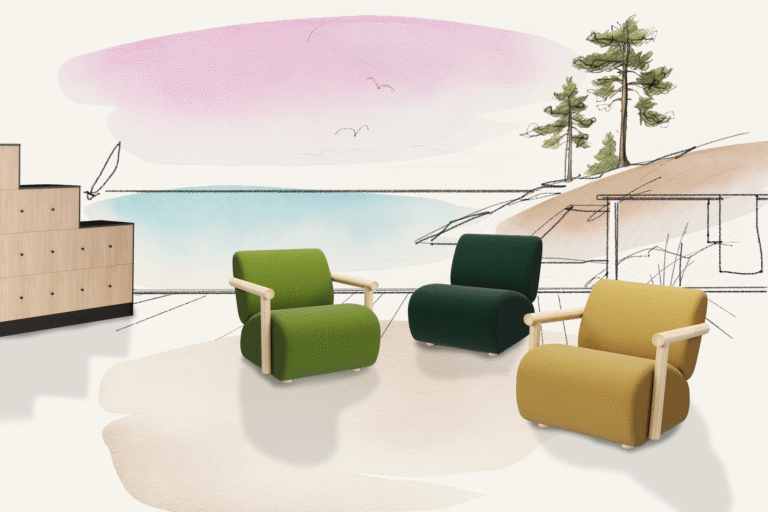Attracting employees back to the office is prioritized through a range of measures. On an individual level, where inclusion, empathy, and well-being are taken seriously, but also on a team level, where the office functions as a collaboration magnet. Employees want their freedom through hybrid work, while surveys show that efficiency and well-being increase when together. And that corporate culture is strengthened.
Office Principles 2024 top tio
British Office Principles have defined the top ten trends right now in their latest report. It strongly emphasizes starting from human needs, promoting well-being, fostering collaboration and community, and circular environmental thinking. Which is manifested in flexibility, natural lighting, modular spaces, multifunctionality, and material choices. But also through eco-friendliness and energy saving, and being both internally inclusive and supporting local cultural integration. Quite exciting!
Some highlights from the WeWork Global Office Trends Report 2024:
The report is based on a survey of 25 global major companies. Flexibility and the opportunity for individuals to choose their workspace become even more necessary to facilitate hybrid work. But the office has also gained new importance for contact with other people by being the source of social meetings and collaboration, which in turn shows productivity. There is a necessity to attract employees back to rebuild weakened corporate cultures. Therefore, offices need to be designed so that they “are worth commuting to”.
More spatial measures include low-lux lighting to reduce eye strain and provide warmer lighting, brand identity carriers, plants/biophilia, art, and personal accessories integrated into the work environment.
Workplace and Community Engagement
Say Architects’ new office in Hangzhou drar detta ett steg längre och interagerar med världen utanför kontoret genom valda publika utställningsytor och ett publikt café. Därmed utökas arbetsplatsens funktion från en ren arbetsmiljö till social knutpunkt som främjar välbefinnande och gemenskap. Det blir ett kulturellt och socialt centrum som också berikar det lokala samhället.
Tech-company Tinder, along with Rapt Studio has designed its headquarters to reflect its core business—building connections. The seven-story office in West Hollywood, Los Angeles, demonstrates how the workplace mirrors the company’s identity and values, addressing employees’ needs for belonging and flexibility. Biophilic elements enhance the inclusive atmosphere, strengthening the workplace’s role as a catalyst for community building and personal well-being.
Adaptations Based on Human Needs
Kenzo Architekten has redesigned and moved into Berlin’s Admiral palace, a building from the 1920s. Here, they have created a playful and future-oriented environment that promotes independence and productivity, aimed at attracting employees back to the office. From collaboration rooms to tailor-made work alcoves with a variety of spaces to meet different needs, the optimization is guided by an understanding that different people and tasks require different types of spatial arrangements.
Ubers new office in the historic Chicago Old Post Office, designed by Gensler Chicago, incorporates amenities to increase comfort and productivity for its employees. The workspace, spanning 29,000 square meters for over 2,000 employees, distributes its work areas into “neighborhoods” that offer different environments depending on employees’ needs. This design philosophy aligns with the concept of an empathetic workplace, emphasizing the importance of designing spaces that are inclusive and adaptive to the various needs of employees.
Miro’s office in Amsterdam, designed by M Moser Associates, accommodates the social and functional needs of today’s workforce. Miro, specializing in digital collaboration tools, reflects its brand promise by allowing its employees to choose where and how they work and collaborate best, according to their personal productivity styles. They draw inspiration from the hospitality industry, which encourages relaxed and organic interactions.
Horreds Take
Clear trends include the individual’s need for choice, biophilic elements, and adaptedness in social contact between people. Our design thinking, focused on flexibility, longevity, and inclusion, strengthens both individual and collective work styles. Our launches this year, presented during SDW24, are characterized by adaptable and human-centered design.
Flexible work desks with smaller work areas and storage system that you can build entirely based on the area; vertically, around corners, with walls, cabinets, or with biophilic shelving. New seating furniture that works at the conference table, in the lounge or in a drop-down environment
Here you can read more and be inspired by the new office furniture. For a long term sustainable future together!
Per-Ola Johansson, CEO
Sources: Office Principles, FRAME, Archello, WeWork
